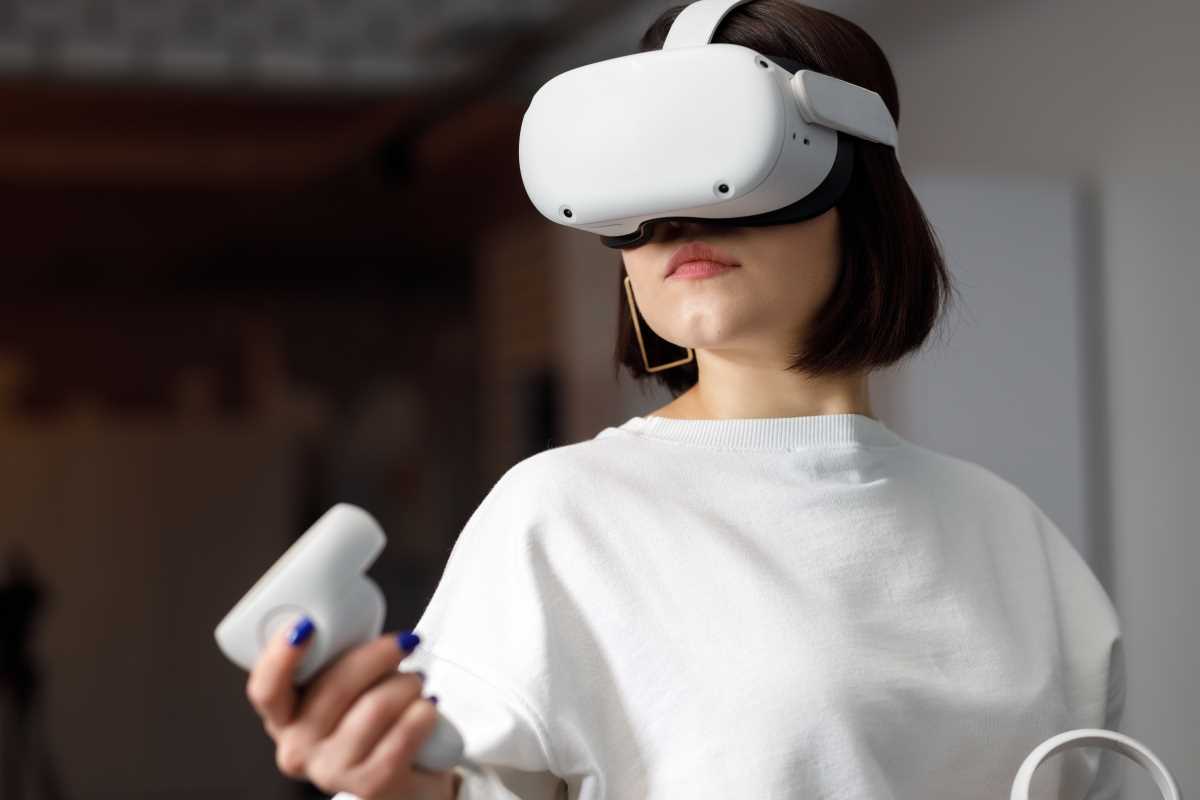Visualize a world where education transforms into an exhilarating journey. Virtual reality (VR) breathes life into this concept, revolutionizing the way eager young professionals acquire new skills and propel their careers forward. Whether you're diving into the intricacies of a cutting-edge software tool or honing your leadership abilities through realistic scenarios, VR provides an immersive environment that makes the learning process both captivating and impactful. This technology turns the routine task of skill acquisition into an exciting adventure, allowing you to experience firsthand the power of engaging, hands-on learning that leaves a lasting impression.
Understanding Virtual Reality in Learning
- Immersive Environments: VR creates realistic settings that mimic real-life situations, allowing you to practice skills in a safe space.
- Interactive Elements: Engage with virtual objects and scenarios, making the learning process hands-on and dynamic.
- Personalized Feedback: Receive immediate responses based on your actions, helping you understand what you did right or where you can improve.
- Flexibility: Access training modules anytime and anywhere, fitting seamlessly into your busy schedule.
- Collaboration Opportunities: Connect with peers in VR to work on projects or participate in group exercises, enhancing teamwork skills.
Setting Up Your VR Environment
- Choose the Right Hardware: Invest in a comfortable VR headset that suits your learning needs. Popular options include the Oculus Quest and HTC Vive.
- Ensure Adequate Space: Clear a safe area around you to move freely without obstacles while immersed in VR.
- Stable Internet Connection: A reliable connection ensures smooth and uninterrupted VR sessions, especially for interactive modules.
- Install Necessary Software: Download and update the VR applications and platforms you plan to use for your learning adventures.
- Optimize Your Setup: Adjust headset settings for comfort and visual clarity, and use accessories like controllers or gloves for enhanced interaction.
Engaging with Interactive Content
To make the most out of your VR learning experience, actively participate in the content. Don’t just observe; interact with the environment and the tasks at hand. For example, if you learn project management, engage in simulations where you can lead a virtual team, make decisions, and see the outcomes of your choices. This hands-on approach reinforces learning and helps you retain information better.
Setting specific goals for each VR session proves beneficial. Decide what skills you want to develop or what knowledge you aim to gain. This focus will help you stay engaged and make your learning sessions more productive. Take advantage of any interactive quizzes or challenges within the VR platform to test your understanding and track your progress.
Overcoming Common Challenges
Starting with VR learning can be exciting, but you might face some challenges along the way. One common issue is motion sickness. To reduce discomfort, take frequent breaks and start with shorter sessions, gradually increasing the time you spend in VR. Adjusting the headset for a better fit can also help minimize motion-related symptoms.
Another challenge involves maintaining motivation. It's easy to get distracted or lose interest if the content isn't engaging. To keep your motivation high, choose VR programs that align with your career goals and interests. Set a regular schedule for your VR learning sessions and track your progress to see how far you've come. Connecting with other learners through VR communities can also provide support and keep you inspired.
Maximizing Your Learning Experience
To truly excel in VR, embrace every aspect of your interactive learning journey. Start by actively participating in all available modules and challenges. Take notes within the VR environment to capture important insights and revisit them later. Seek feedback from mentors or peers who can provide different perspectives on your performance.
Incorporate VR learning into your daily routine to build consistency. Even dedicating just 15 minutes a day can lead to significant improvements over time. Experiment with different types of VR content to find what works best for you, whether it's simulations, virtual workshops, or interactive storytelling. Stay curious and open-minded. VR technology constantly evolves, offering new tools and methods to enhance your learning. By staying engaged and adaptable, you can make the most of your VR learning adventures and propel your career forward.
Virtual reality offers immersive learning experiences that can enhance professional growth. Embrace these tips to excel and unlock new career opportunities.
 (Image via
(Image via





